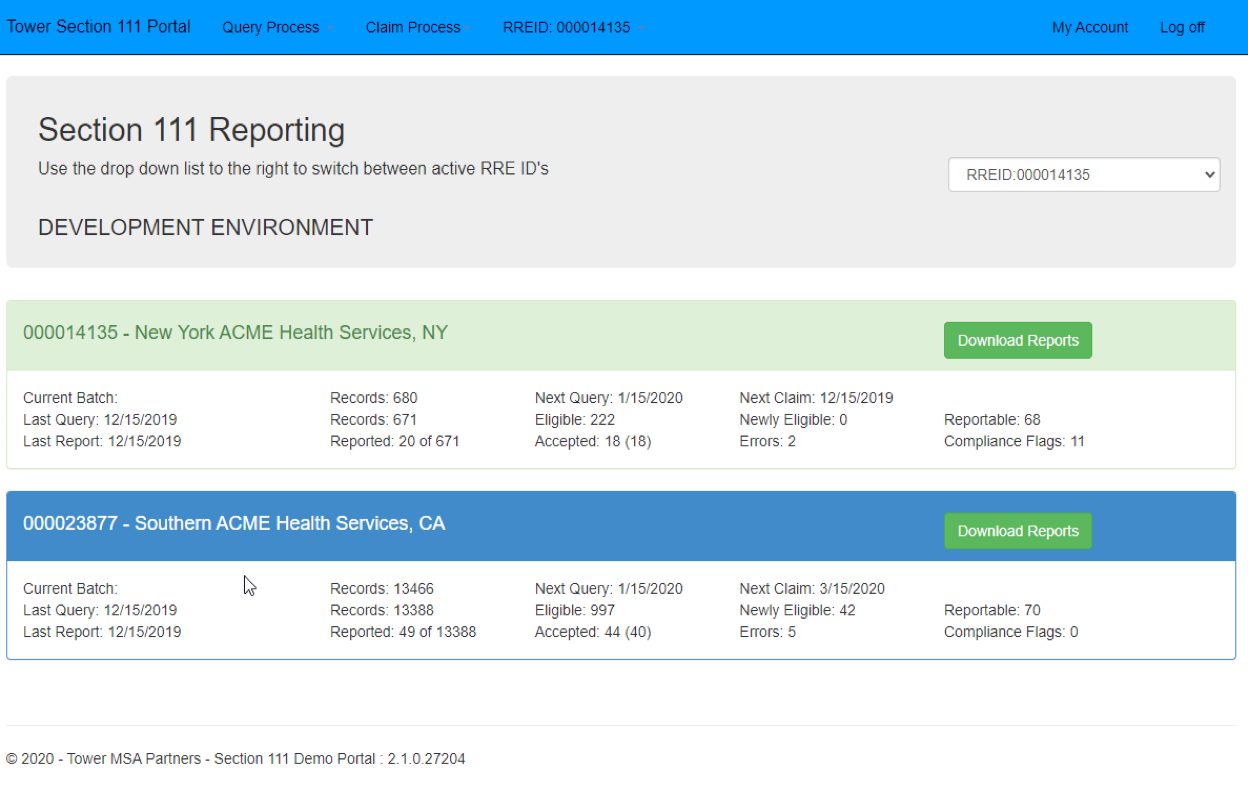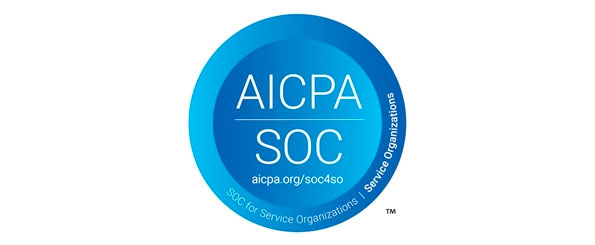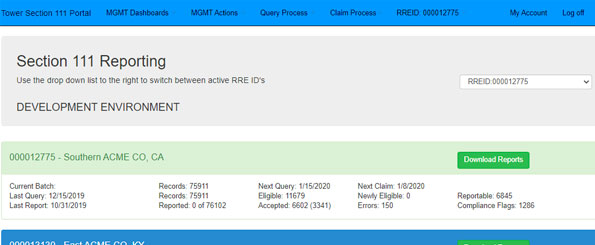Payers do not need to report indemnity only settlements (no release of medicals) through Section 111 Mandatory Reporting because they are not considered a Total Payment Obligation to Client (TPOC). This reporting question that had long plagued/confused workers’ compensation payers.was recently clarified by CMS during the Q & A portion of the Section 111 NGHP Webinar.
Background
Since the initiation of Section 111 reporting, Responsible Reporting Entities (RREs) have been uncertain whether indemnity only settlements are reportable and have made their own decisions about reporting these settlements. Part of the confusion arose from the definition of TPOC in Section 6.4 of the Section 111 User Guide which states TPOC:
refers to the dollar amount of a settlement, judgment, award, or other payment in addition to or apart from ORM [Ongoing Responsibility for Medicals]. A TPOC generally reflects a “one-time” or “lump sum” settlement, judgment, award, or other payment intended to resolve or partially resolve a claim. It is the dollar amount of the total payment obligation to, or on behalf of the injured party in connection with the settlement, judgment, award, or other payment.
There is nothing in this definition of TPOC which refers to a release of medicals. If anything, the references to “apart from ORM” and “partially resolve a claim” imply that indemnity only settlements are reportable. It seems if CMS added the words, “released medicals or has the effect of releasing medicals” to the definition, it would clarify any remaining uncertainty as to the types of settlements reportable to CMS.
Other Webinar Topics
While the above was the most notable takeaway from the webinar, CMS also:
- Highlighted the RREs responsibilities when changing reporting or recovery agents.
- Reminded reporting entities of the importance of accurate reporting of diagnosis codes.
- Reiterated the requirements for reporting the code ‘NOINJ’ in liability insurance. This is used when the settlement, judgment, award, or other payment releases medical or has the effect of releasing medicals, but the type of alleged incident typically has no associated medical care.
- Indicated that while an RRE may submit multiple claim input files during the quarter, it is limited to one file submission every 14 days and not until the prior file is completely processed. This type of multiple file reporting would most commonly be done to report TPOC termination that cannot wait until the next quarterly reporting cycle.
- Noted that the reporting thresholds remain at $750 for physical trauma-based injuries. The thresholds do not apply to claims involving implantation, ingestion or exposure.
- Provided threshold errors, such as delete transactions for more than 5% of the total records submitted, and the top reporting errors.
- Another reminder on the correct reporting of Med Pay and Personal Injury Protection (PIP) coverage.
Full details on the above can be found in the CMS slides and presentation notes here.
Practical Implications
While most of CMS’s presentation were reminders of reporting rules which have been in place for quite some time, the statement regarding indemnity only settlements will hopefully clarify for RREs that a release of medicals is necessary to trigger TPOC reporting. Additionally, we hope that CMS’s webinar statement results in an update to the definition of TPOC in the Section 111 User Guide.
If you have any questions, please contact Dan Anders, Chief Compliance Officer, at Daniel.anders@towermsa.com or 888.331.4941.










